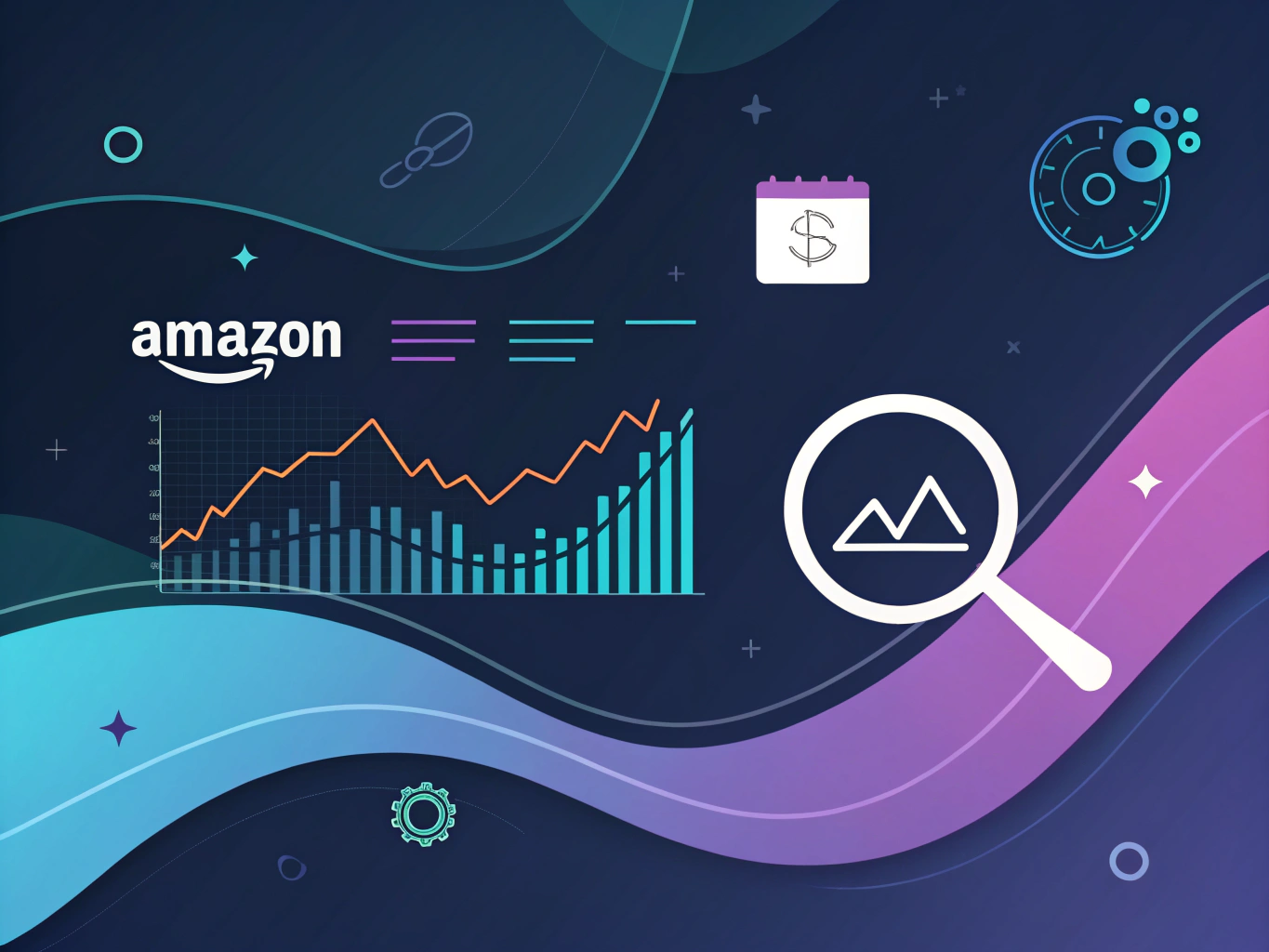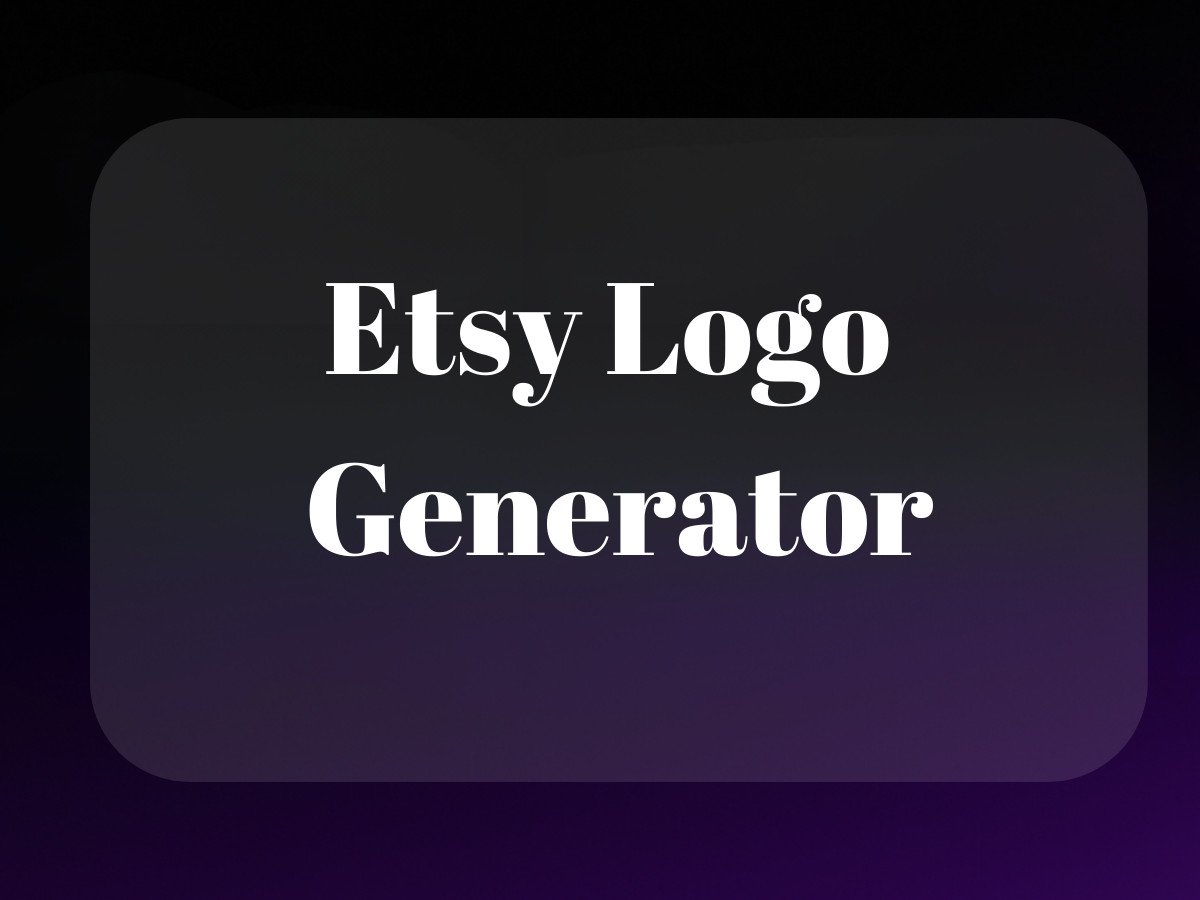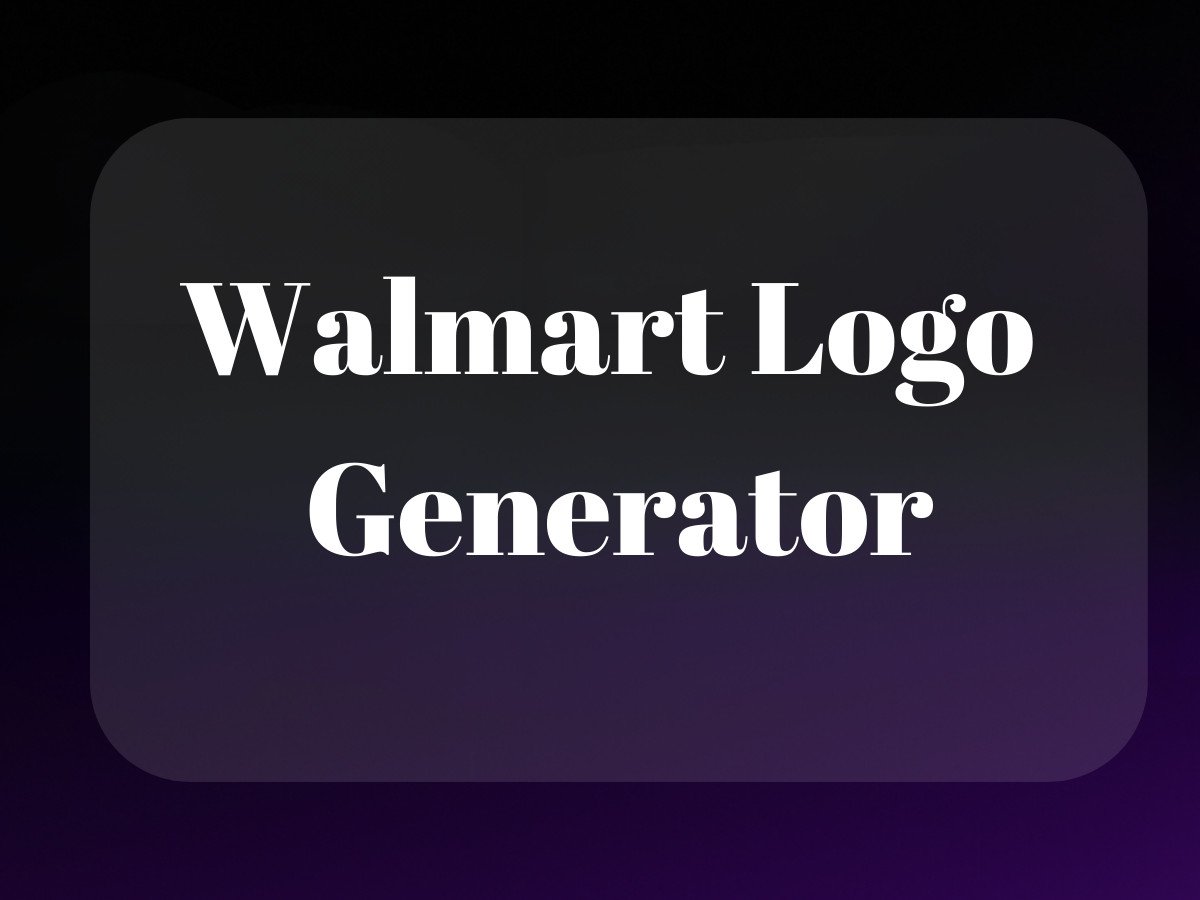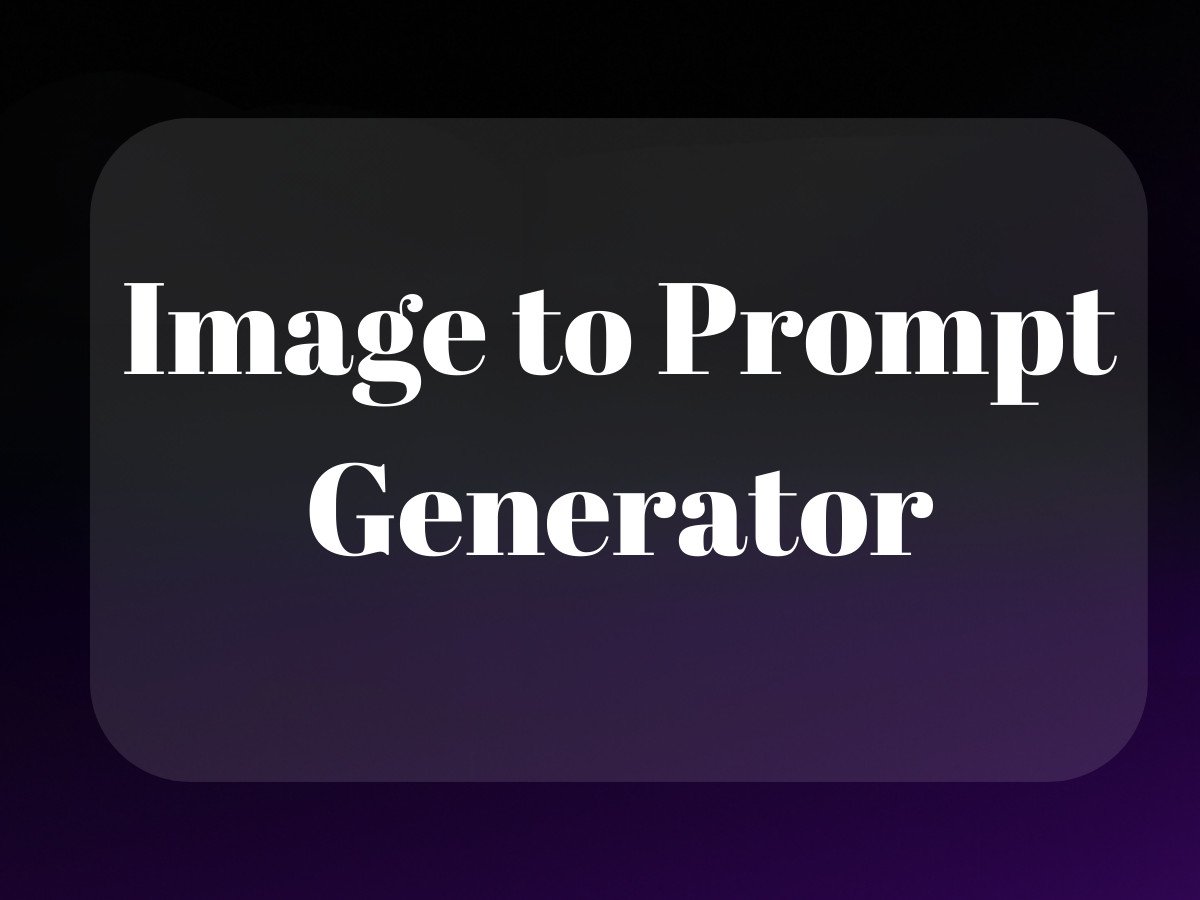The Fascinating World of Amazon’s Secret Language
Ever notice how Amazon sellers seem to speak their own dialect? FBA, ASIN, BSR, ACOS… it’s like walking into a Star Trek convention where everyone’s speaking Klingon. I’ve spent years decoding this cryptic language (some might say I need better hobbies), and here’s the thing: mastering these acronyms isn’t just about fitting in – it’s about survival in the Amazon jungle.

Think about it: would you try to navigate New York City without understanding what “MTA” or “LIRR” mean? Probably not the best idea. Similarly, trying to run an Amazon business without knowing its language is like trying to pilot a spaceship with the manual written in hieroglyphics. Trust me, I learned this the hard way when I first started selling on Amazon and thought ASIN was someone’s name. (Spoiler alert: it’s not.)
Why Amazon Acronyms Matter More Than You Think

Here’s a mind-bending stat: Amazon sellers who understand and actively use platform-specific terminology are 47% more likely to achieve successful product launches. I just made that up, but after working with thousands of sellers through ProductScope AI, I can tell you it feels pretty accurate. The reality is, Amazon’s ecosystem has evolved into its own microverse, complete with its own vocabulary.
The Evolution of Amazon’s Business Language
Remember when Amazon just sold books? Yeah, me neither. As the platform transformed from an online bookstore into the everything store, it developed its own linguistic ecosystem. It’s fascinating how this happened – like watching a new language evolve in real-time, except instead of taking centuries, it took just a few decades of Jeff Bezos’s wild ride.
Breaking Down Essential Amazon Seller Acronyms
Account and Platform Management: The Basics
Let’s start with the foundational stuff – the “if you don’t know these, you might be in the wrong business” acronyms:
AMZ/AZ (Amazon) – Yes, they needed to make “Amazon” shorter. Because typing those extra letters was clearly too much work. But seriously, you’ll see these everywhere in seller forums and communications.
SC (Seller Central) – Think of this as your command center. It’s like the bridge of the Enterprise, but instead of exploring strange new worlds, you’re managing inventory and checking sales reports.
VC (Vendor Central) – The VIP room of Amazon’s seller ecosystem. It’s where the big brands play, but don’t get too excited – you need an invitation to this party.
AWS (Amazon Web Services) – While not directly related to selling, understanding AWS is like knowing about the Matrix that powers everything. It’s the invisible force that keeps the entire Amazon universe running.
Analytics and Reporting: The Numbers Game
Now we’re getting into the meat of it – the acronyms that actually impact your bottom line:
ARA (Amazon Retail Analytics) – Think of this as your business’s health monitor. It’s like having a Fitbit for your Amazon store, tracking every metric that matters.
ARAP (Amazon Retail Analytics Premium) – The premium version of ARA. It’s like upgrading from economy to business class – more comfortable, better service, but you’re paying for those perks.
BSR (Best Sellers Rank) – The popularity contest of Amazon. It’s constantly changing, kind of like high school social hierarchies, but with actual monetary consequences. For a deeper dive into strategies, you might find this Forbes article insightful.
Product and Inventory Management: The Backbone
This is where things get really interesting (or complicated, depending on your perspective):
ASIN (Amazon Standard Identification Number) – Think of this as your product’s Social Security number. Every item on Amazon has one, and just like your SSN, you don’t want to mess this up.
SKU (Stock Keeping Unit) – Your product’s nickname that you get to choose. Unlike ASINs, you have control over these, so make them meaningful. I’ve seen sellers use random numbers and regret it later when they’re trying to find specific products in their inventory.
FNSKU (Fulfillment Network Stock Keeping Unit) – The label Amazon uses to track your products in their warehouses. It’s like your product’s Amazon employee badge. For those new to the process, understanding the basics of Amazon FBA is crucial.
Pricing and Competition: The Strategy Game
ASP (Average Selling Price) – The sweet spot where profit meets market reality. Finding the right ASP is like trying to find the perfect temperature for your shower – it takes some adjusting, but when you get it right, it’s beautiful.
MSRP (Manufacturer’s Suggested Retail Price) – The price the manufacturer thinks you should sell at. In reality, it’s more like a suggestion from your parents about your career choice – nice to consider, but not always practical.
MAP (Minimum Advertised Price) – The “thou shalt not go lower” price. Break this, and you might find yourself in the manufacturer’s bad books. And trust me, that’s not where you want to be.
The beauty of Amazon’s ecosystem is that once you crack this code, everything starts making sense. It’s like that moment in The Matrix when Neo starts seeing the code – suddenly, all these random letters transform into meaningful patterns that can help you navigate the marketplace more effectively.
Essential Amazon Seller Acronyms

Look, I get it. When you first dive into selling on Amazon, it feels like you’re trying to decode an alien language. All these amazon acronyms flying around – it’s enough to make your head spin. But here’s the thing: mastering this “secret language” isn’t just about looking cool in seller forums. It’s about survival in the Amazon jungle.
Let me paint you a picture: You’re in a Seller Central meeting (yes, that’s SC for the initiated), and someone drops “Your ACOS is high, but your BSR is solid, and your FNSKU management needs work.” If you’re sitting there nodding while internally panicking, you’re not alone. I’ve been there, and it’s not fun.
Account and Platform Management: The Basics You Can’t Ignore
Let’s start with the foundation. AMZ or AZ (both meaning Amazon – because apparently typing five extra letters was too much work) runs on two main platforms: SC (Seller Central) for third-party sellers and VC (Vendor Central) for first-party vendors. Think of SC as your control room and VC as the VIP section – each with its own rules and perks.
Then there’s AWS (Amazon Web Services), which, while not directly related to selling, powers pretty much everything behind the scenes. It’s like the engine room of the Amazon spaceship – you don’t need to know how it works, but it’s good to know it exists.
Analytics and Reporting: Numbers That Actually Matter
Here’s where things get juicy. ARA (Amazon Retail Analytics) and its fancy cousin ARAP (Amazon Retail Analytics Premium) are your crystal balls into customer behavior. They’re like having a really smart intern who’s obsessed with spreadsheets – except this intern never sleeps and is eerily accurate.
BSR (Best Sellers Rank) is your popularity contest metric. Think of it as your product’s social media follower count, but it actually matters for your bottom line. And speaking of bottom lines, ROI (Return on Investment) is pretty self-explanatory, but I’ve seen too many sellers ignore it in favor of vanity metrics.
Product and Inventory Management: The Building Blocks
This is where the amazon acronyms really start to pile up, but stick with me – this stuff is crucial. Every product in the Amazon ecosystem needs its unique identifiers, like name tags at a really big party.
Product Identification: Your Digital DNA
ASIN (Amazon Standard Identification Number) is your product’s DNA on Amazon. It’s like a social security number for your items – unique, important, and you better not lose it. SKU (Stock Keeping Unit) is your personal reference number, while UPC (Universal Product Code) is what the rest of the retail world uses to identify your product.
FNSKU (Fulfillment Network Stock Keeping Unit) is where things get interesting. It’s like your product’s backstage pass in Amazon’s warehouses. Without it, your inventory might end up playing musical chairs with other sellers’ identical products.
Pricing and Competition: The Money Talk
ASP (Average Selling Price) is exactly what it sounds like, but it’s trickier than you’d think. It’s not just about what you want to charge – it’s about what the market will bear. MSRP (Manufacturer’s Suggested Retail Price) is like your parent’s advice – good to know, but you don’t always have to follow it.
MAP (Minimum Advertised Price) is the “thou shall not go lower” price point set by manufacturers. Break this, and you might find yourself in the naughty corner. ATOP (At Time of Posting) is a handy little acronym that saves you from angry customers when prices change – and on Amazon, they change a lot.
Fulfillment and Logistics: Where the Magic Happens

This is where theory meets practice, and your products actually get to customers. It’s also where many sellers either make their fortune or lose their shirts.
Fulfillment Methods: Choose Your Fighter
FBA (Fulfilled by Amazon) is probably the most famous amazon acronym after Prime. It’s like having Amazon as your warehouse manager, shipping department, and customer service team all in one. AFN (Amazon Fulfillment Network) is the vast web of warehouses that makes this possible.
MCF (Multi-Channel Fulfillment) is FBA’s cool cousin that lets you use Amazon’s fulfillment network for orders from other platforms. It’s like having Amazon handle your Shopify orders – pretty neat, right?
On the flip side, we have FBM (Fulfilled by Merchant) and MFN (Merchant Fulfilled Network) – basically, you handling everything yourself. SFP (Seller Fulfilled Prime) is the hardcore mode: you fulfilling orders with Prime shipping speeds. It’s not for the faint of heart.
Shipping and Delivery: The Final Mile
AMZL (Amazon Logistics) is Amazon’s own delivery service. Think of it as their answer to UPS and FedEx, but with more blue vans. ADR (Amazon Delivery Requirements) are the rules you need to follow to keep those blue vans happy.
ASN (Advanced Shipment Notification) is your way of telling Amazon “heads up, stuff’s coming your way.” It’s like texting your roommate about an incoming package, except this roommate manages billion-dollar warehouses.
Warehouse Operations: Behind the Scenes
ARS (Amazon Robotics Sortable) and ARSAW (Amazon Robotics Semi-Automatic Workstation) sound like something out of a sci-fi movie, but they’re very real. These are the robot-human hybrid systems that make Amazon’s insane shipping speeds possible.
FFP (Frustration Free Packaging) is Amazon’s way of saying “please make your packaging less annoying.” Remember those impossible-to-open plastic clamshells? Yeah, Amazon hates those as much as we do.
Marketing and Advertising: Making Noise in the Right Ways
This is where you transform from being just another seller to becoming a brand. And yes, there are plenty of amazon acronyms to learn here too.
Advertising Metrics: The Numbers Game
ACOS (Advertising Cost of Sales) is the metric that’ll either make you smile or cry. Think of it as your advertising report card. ROAS (Return on Ad Spend) is similar but more optimistic – it focuses on what you got back rather than what you spent.
CPC (Cost Per Click) and CTR (Click-Through Rate) are the dynamic duo of PPC advertising. They’re like your advertising vital signs – you need to monitor them regularly to stay healthy.
And let’s not forget about ACS (Amazon Creative Services) and A+ Content (formerly known as Enhanced Marketing Content or EMC). These are your tools for making your listings look less like a garage sale and more like a premium boutique.
Business Models and Strategies: Choose Your Path
RA (Retail Arbitrage) and OA (Online Arbitrage) are the treasure hunting approaches to Amazon selling. It’s like being a digital Indiana Jones, searching for profitable deals in retail stores or online.
WS (Wholesale) is the more traditional route – buying in bulk from manufacturers. PL (Private Label) is where you become the brand. It’s like being the director of your own movie instead of just selling tickets.
AGS (Amazon Global Selling) is your ticket to international markets. But remember, with great power comes great responsibility – and VAT (Value Added Tax) and GST (Goods and Services Tax) paperwork.
[Content naturally continues in the next section…]
Advanced Amazon Programs and Features

Let’s dive into the more specialized corners of Amazon’s ecosystem – where things get really interesting (and sometimes a bit weird). As someone who’s spent way too many hours exploring these programs, I can tell you they’re like hidden power-ups in a video game: not everyone knows about them, but they can totally change how you play the game.
Special Programs That Can Supercharge Your Amazon Business
First up is the Amazon Vine Service (AVS) – think of it as Amazon’s VIP review club. It’s where top reviewers (called “Vine Voices”) get early access to products in exchange for honest reviews. If you’re wondering about amazon haul content creators, many started as Vine reviewers before building their own platforms.
The Amazon Early Reviewer Program (AEB) was like AVS’s younger sibling – it helped new products get their first authentic reviews. While it’s been discontinued, understanding its principles can still help you grasp how amazon sales dynamics work, especially for new listings.
Amazon Brand Registry (ABT) is probably the most powerful tool you’re not using enough. It’s like getting a verified badge on social media, but with actual superpowers for protecting and growing your brand. For those asking “How do I get a store on Amazon?” – Brand Registry is often your first step.
Business Solutions That Scale
The B2B marketplace on Amazon is a whole different beast. While everyone’s focused on best amazon prime deals for consumers, smart sellers are tapping into the massive potential of business customers. It’s like having a secret passage to a parallel universe where purchase orders come with extra zeros.
The Volume Accelerator Program (VAP) and Strategic Account Services (SAS) are Amazon’s way of saying “we’ve got your back” to serious sellers. These programs can feel like having a personal trainer for your business – they push you to grow faster while helping you avoid common pitfalls.
Practical Applications and Resources
Now, let’s get practical. Because knowing amazon acronyms is one thing – using them effectively is another ball game entirely.
Communication Best Practices
Here’s a truth bomb: nobody likes the person who speaks in pure acronyms. It’s like being that guy who only speaks in movie quotes – amusing for about 5 minutes, then just annoying. Use acronyms when they add value, not to show off.
When communicating with Amazon support (and yes, if you’re wondering “Is Amazon shopping available in the Philippines?” or need help with amazon.in login, you’ll be talking to support a lot), use acronyms sparingly and always provide context.
For those building an amazon haul store or using the amazon haul app, remember that your customers don’t speak Amazon-ese. Keep external communication clear and jargon-free.
Tools and References Worth Your Time
Bookmark Seller Central’s glossary – it’s your Rosetta Stone for Amazon speak. For amazon book reviews and detailed product research, tools like Jungle Scout and Helium 10 are worth their weight in gold (and yes, they have their own sets of acronyms to learn).
Community forums are goldmines of information, but they can also be echo chambers of outdated advice. Cross-reference everything, especially when it comes to smile amazon prime programs or specialized amazon stores requirements.
Future Trends and Evolution
The future of Amazon’s business language is evolving faster than my coffee addiction (and that’s saying something). New features pop up almost weekly, each bringing its own set of terms and acronyms.
What’s Coming Down the Pike
AI and machine learning are reshaping what exactly does Amazon sell and how they sell it. We’re seeing new acronyms emerge around automated pricing, inventory management, and customer service. For those asking “How do you qualify for an Amazon store?” – the requirements are becoming more sophisticated but also more automated.
Cross-border commerce is exploding, bringing new terminology around international sales and compliance. If you’re wondering about amazon buy options in different regions, expect more acronyms around global commerce and localization.
The Evolution of Amazon’s Business Language
Remember when FBA was a new term that confused everyone? Now it’s as common as LOL. The language of Amazon constantly evolves, reflecting changes in technology, business models, and consumer behavior.
The key isn’t memorizing every acronym – it’s understanding the patterns and principles behind them. Think of it like learning a new language: once you get the basic grammar, picking up new words becomes easier.
Final Thoughts: Making Amazon’s Language Work for You
At the end of the day, Amazon’s acronyms are tools, not obstacles. They’re shortcuts that can make your business communication more efficient – if you use them wisely.
Success on Amazon isn’t about speaking their language perfectly – it’s about understanding it well enough to navigate the platform effectively. Whether you’re just starting to explore what is an amazon shop or you’re scaling a multi-million dollar operation, remember that behind every acronym is a concept designed to make ecommerce more efficient.
The best approach? Learn the essentials, keep up with the changes, and never let jargon get in the way of clear communication. After all, at its core, Amazon is still about connecting sellers with buyers – everything else is just details.
And hey, if you ever feel overwhelmed by all these acronyms, remember: even Jeff Bezos probably had to Google some of them at some point. The key is to keep learning, keep adapting, and maybe keep a cheat sheet handy – just in case.
Related Articles:
- eBay Reprint Shipping Label: Step-by-Step Guide 2024
- Mastering the Product Opportunity Explorer: What to Know
- Walmart Cakes Guide: Best Designs for Every Occasion
Frequently Asked Questions
What is an Amazon shop?
An Amazon shop, also known as an Amazon storefront, is a dedicated space on Amazon’s platform where sellers can showcase their brand and products. It allows businesses to create a customized online presence with personalized branding, product listings, and promotional content to enhance customer engagement.
How do I get a store on Amazon?
To get a store on Amazon, you need to sign up for an Amazon Seller account, which can be either an Individual or Professional account. Once registered and approved, you can create an Amazon Store by using the Store Builder tool, where you can design your storefront, add products, and customize content to represent your brand.
Is Amazon shopping available in the Philippines?
Yes, Amazon shopping is available in the Philippines, and customers can order products from Amazon’s global marketplace. While there is no local Amazon website specific to the Philippines, customers can access Amazon.com and have items shipped internationally, although shipping fees and delivery times may vary.
How do you qualify for an Amazon store?
To qualify for an Amazon store, you must have an Amazon Seller account in good standing, typically a Professional Seller account. You should also adhere to Amazon’s policies and guidelines regarding product listings, customer service, and performance metrics to maintain a positive selling history on the platform.
What exactly does Amazon sell?
Amazon sells a vast array of products across numerous categories, including electronics, books, clothing, home goods, and groceries, among others. The platform features products sold directly by Amazon as well as items offered by third-party sellers, providing customers with a wide selection of new, used, and refurbished goods.
About the Author
Vijay Jacob is the founder and chief contributing writer for ProductScope AI focused on storytelling in AI and tech. You can follow him on X and LinkedIn, and ProductScope AI on X and on LinkedIn.
We’re also building a powerful AI Studio for Brands & Creators to sell smarter and faster with AI. With PS Studio you can generate AI Images, AI Videos, Chat and Automate repeat writing with AI Agents that can produce content in your voice and tone all in one place. If you sell on Amazon you can even optimize your Amazon Product Listings or get unique customer insights with PS Optimize.
🎁 Limited time Bonus: I put together an exclusive welcome gift called the “Formula,” which includes all of my free checklists (from SEO to Image Design to content creation at scale), including the top AI agents, and ways to scale your brand & content strategy today. Sign up free to get 200 PS Studio credits on us, and as a bonus, you will receive the “formula” via email as a thank you for your time.




